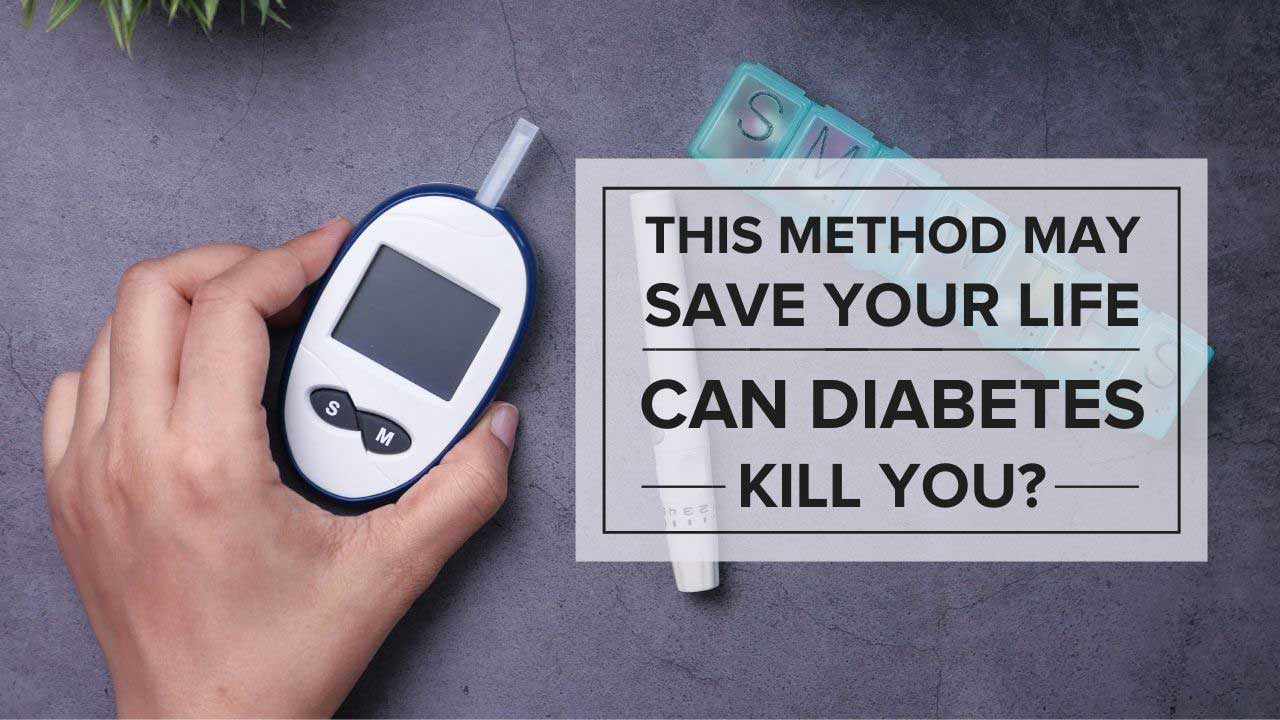
Diabetes is a disease that affects millions of people, and if left untreated can be fatal, but it doesn't have to be.
Diabetes can lead to many complications including nerve damage, blindness, kidney failure and stroke; the worst outcomes are caused by elevated blood sugar levels or long-term complications like heart disease.
But there's hope: diabetes does not need to lead to these terrible consequences if you take care of yourself now! In this article we'll talk about the Mastering Diabetes method, the only method with guaranteed results that can help reverse type 2 diabetes or make type 1 diabetes an easily treatable part of daily life.
Can Diabetes Kill You?
One of the first questions in the head of anyone diagnosed with diabetes is "can diabetes kill you?" And unfortunately, the answer is yes, if left untreated and unmanaged.
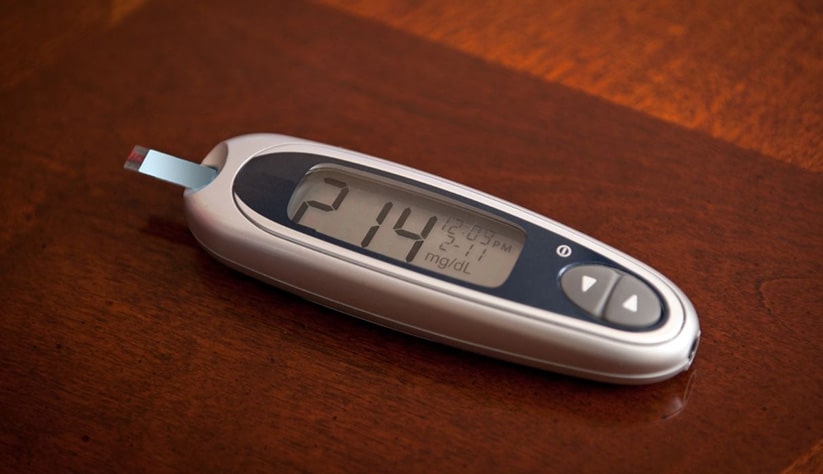
However, there are millions of people around the world who are living perfectly happy lives living with type 1 diabetes, and millions more who have been able to reverse type 2 diabetes and regain control of their blood glucose for good.
So while the answer is yes, diabetes can kill you, you have the power to make changes to transform your life, no matter what kind of diabetes you're living with.
Complications of Diabetes
The early complications of diabetes include frequent urination, increased thirst, and dry mouth. If left untreated, a more serious complication called diabetic ketoacidosis can occur, leading to kidney failure or cardiac arrest in the worst cases.
Diabetic shock or diabetic crisis, in which your body stops functioning and slips into a coma, is also possible in the immediate term if your blood sugar spikes too high.
For this reason, health care providers recommend that people with diabetes visit their doctor at least twice a year for regular screenings of blood glucose levels and hemoglobin A1c.
The Harsh Truth About A Prolonged, Elevated Blood Sugar Level
However, over the course of a lifetime, even if you keep your blood glucose levels under control enough to prevent these immediate complications, it may not be enough.
In fact, according to the American Diabetes Association, people with type 1 and people with type 2 diabetes still face an elevated risk of heart disease, including high blood pressure and cholesterol, heart attack, and stroke due to damage to your blood vessels, even if they haven't had the extreme symptoms of high blood sugar in years.

This damage to your blood vessels can also cause nerve damage, and in extreme cases cause cell death or require amputation.
That's why it's important to have an immediate, well-thought-out diabetes management plan. Because if you can take action to control your high blood sugar levels as soon as possible, you can avoid these long-term complications, or in the case of people with type 2 diabetes, reverse diabetes entirely.
What Causes Diabetes?
In order to understand the risks of diabetes and how to fight them, we have to explain the difference between type 1 diabetes and type 2 diabetes.
Type 1 Diabetes: An Autoimmune Condition
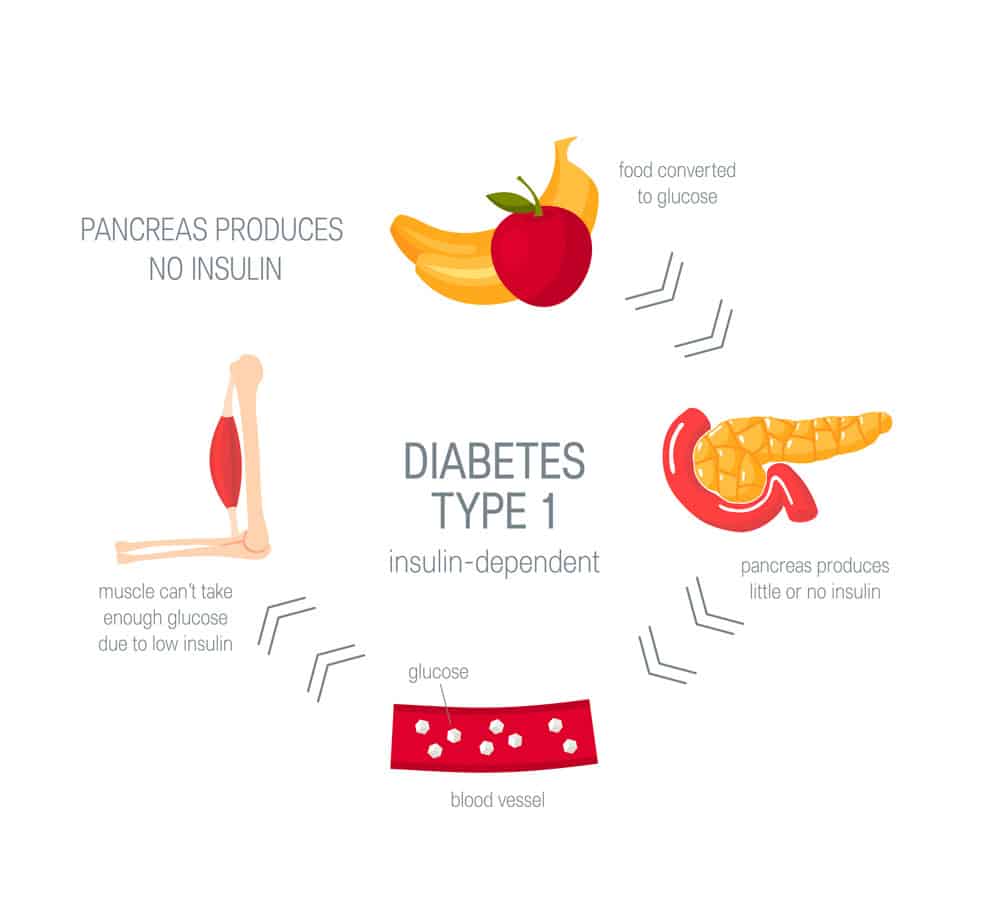
Type 1 diabetes mellitus is an autoimmune disease where your own immune system attacks and destroys the cells producing insulin as if they were foreign invaders.
As a result, your pancreas produces little to no insulin, a hormone responsible for regulating glucose levels in your blood. Without insulin, your cells don't know to accept glucose from your blood, causing your blood glucose levels to rise.
People with type 1 diabetes have to take insulin from external sources to compensate for the fact that their body doesn't produce enough insulin on its own.
Type 2 Diabetes: Insulin Resistance
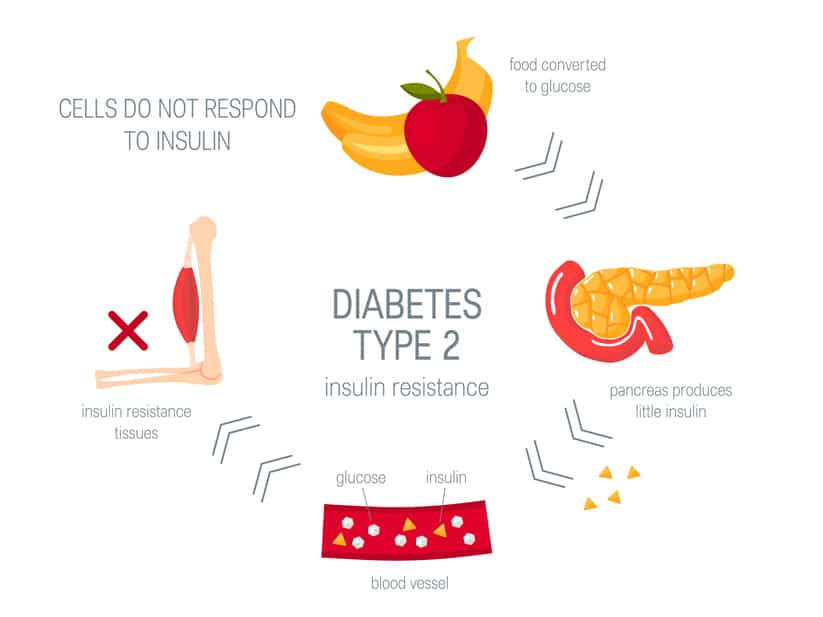
On the other hand, type 2 diabetes is caused by a condition called insulin resistance, which is a buildup of dietary fat in cells that are not meant to store it.
In the case of type 2 diabetes, your body produces insulin just fine, but cells in your liver and muscle have a difficult time responding to insulin. This, in turn, causes your blood sugar levels to rise, requiring your body to either overproduce insulin, or in certain cases inject insulin from external sources.
More Interrelated Than You Think
However, despite the fact that both type 1 diabetes and type 2 diabetes have different causes, their complications and worst-case scenarios are the same.
The Complications Have the Same Cause: Elevated Blood Glucose
Despite the fact that their underlying causes are different, type 1 diabetes and type 2 diabetes have many of the same complications (and are classified under the umbrella of diabetes) because the damage is caused by the same thing: elevated blood sugar.

It's elevated blood sugar that causes polydipsia, polyphagia, and polyuria (the 3 P's of diabetes), and can lead to more serious complications.
It's elevated blood sugar that causes high blood pressure and cholesterol, which can damage your blood vessels and nerves, lead to kidney disease and heart attack.
They Can Overlap At Their Worst
Another reason type 1 diabetes and type 2 diabetes are more interrelated than you might think is that they can converge to very similar conditions in the long term.

For people with type 1 diabetes, constant struggles with high and low blood sugar can lead to insulin resistance, creating something that the American Diabetes Association calls "hybrid diabetes mellitus" or "double diabetes" colloquially.
A similar threat is possible for people with type 2 diabetes. After a prolonged period in which your body is forced to overproduce insulin, the insulin-producing beta cells in your pancreas may eventually die from overuse, resulting in a form of diabetes called "insulin-dependent type 2 diabetes", where you'll require added insulin throughout your life to keep sufficiently low blood sugar, regardless of if you reverse insulin resistance.
Their Solution Is the Same
Fortunately, whether you're living with type 1 or type 2 diabetes, you shouldn't be afraid of an unmanageably high blood sugar level if you have a proper diabetes management plan.
And you shouldn’t be afraid! It’s true that managing your blood sugar level with a number of differing opinions on what to eat, how to exercise, when or if to fast, not to mention the challenges of your life and its many stresses, can all seem very complicated. But fortunately, the solution is simpler than you might think.
That's why we've put together the Mastering Diabetes Method, an adaptable, proven diabetes management plan that can help you reduce your insulin requirements, gain better control of your blood sugar level, and in some cases even reverse diabetes.
The Mastering Diabetes Method
There are four many pillars of the Mastering Diabetes Method.
A Low-Fat, Plant-Based, Whole-Food Diet

The first pillar of the Mastering Diabetes Method is a low-fat, plant-based, whole food diet.
This diet has been proven to help you manage your blood sugar, reduce insulin requirements and maintain healthier body weight, all while reducing your risk for other key complications like high blood pressure, high cholesterol, and kidney disease.
Most importantly, this diet is the key to reversing insulin resistance, which is the one consistent way to reverse prediabetes and type 2 diabetes, along with making it easier to manage your blood sugar level if you're living with type 1 diabetes.
Daily Movement

The second pillar of the Mastering Diabetes Method is daily movement. The research is clear here, too: people are at greater risk for heart diseases and other cardiovascular issues if they don't exercise often.
And on the other hand, people who do exercise often have a much lower risk for those same complications (high blood sugar, blood pressure, cholesterol, etc.).
For this reason alone it's critical to get up and move every day.
And maybe the biggest benefit of daily movement is that it creates a positive feedback loop to reverse insulin resistance.
When you move more, your body produces more mitochondria to keep up. More mitochondria help burn fat and reverse insulin resistance, and also provide you with more energy -- making it more enjoyable and easier to exercise. More exercise leads back to more mitochondria, and the feedback loop continues until you've reversed insulin resistance!
Intermittent Fasting

There are a number of different reasons why intermittent fasting is a part of the Mastering Diabetes Method. First, it's a great way to reduce insulin resistance.
The more you eat, the harder your pancreas works -- and it's already working hard enough to manage blood sugar levels in people with diabetes! By fasting intermittently (skipping a meal every once in a while), you help give your body some much-needed rest from constant high-intensity activities like digestion.
For this reason, intermittent fasting has also been shown to have significant benefits when it comes to blood sugar management. People who fast intermittently throughout the day often experience better control over their glucose levels -- even on days when they're eating!
And finally, there are several other benefits to intermittent fasting, like reduced oxidative stress and improved immunity.
The key here is a biological process called autophagy, a leftover process from the hunter-gatherer era. Autophagy is a natural process in your body that cleans up old and damaged cells and burns fat for fuel, which makes it a key part of reversing insulin resistance and keeping your body in top condition.
Decision Trees

And the final pillar of the Mastering Diabetes Method is the Decision Tree. Decision Trees are a way in which you can map your daily decisions and how they affect your levels, helping you understand your process AND your progress as you manage life with diabetes.
This Method May Save Your Life
Diabetes may be a challenge, and if it's not managed correctly it can turn into a dangerous or even deadly condition.
But the key here is that you have an answer! The Mastering Diabetes Method isn't some fad diet -- it's a system of lifestyle decisions proven over thousands of studies, and most importantly, thousands of real people.
There's a reason that so many people in our community have been sharing stories of their "A1c Miracle", and seen their lives completely change, sometimes in just a few weeks!
Will you be next?
Learn From The Experts
And the best part is that you don't have to go it alone. Whether you favor DIY using the resources on our website, or prefer personal coaching, the truth is the Mastering Diabetes Method is there to help guide you every step of the way.
The results are proven, and we guarantee that if you take this method seriously, you will see results too.
So what are you waiting for?
Lower Your A1c and Get to Your Ideal Body Weight ... Guaranteed
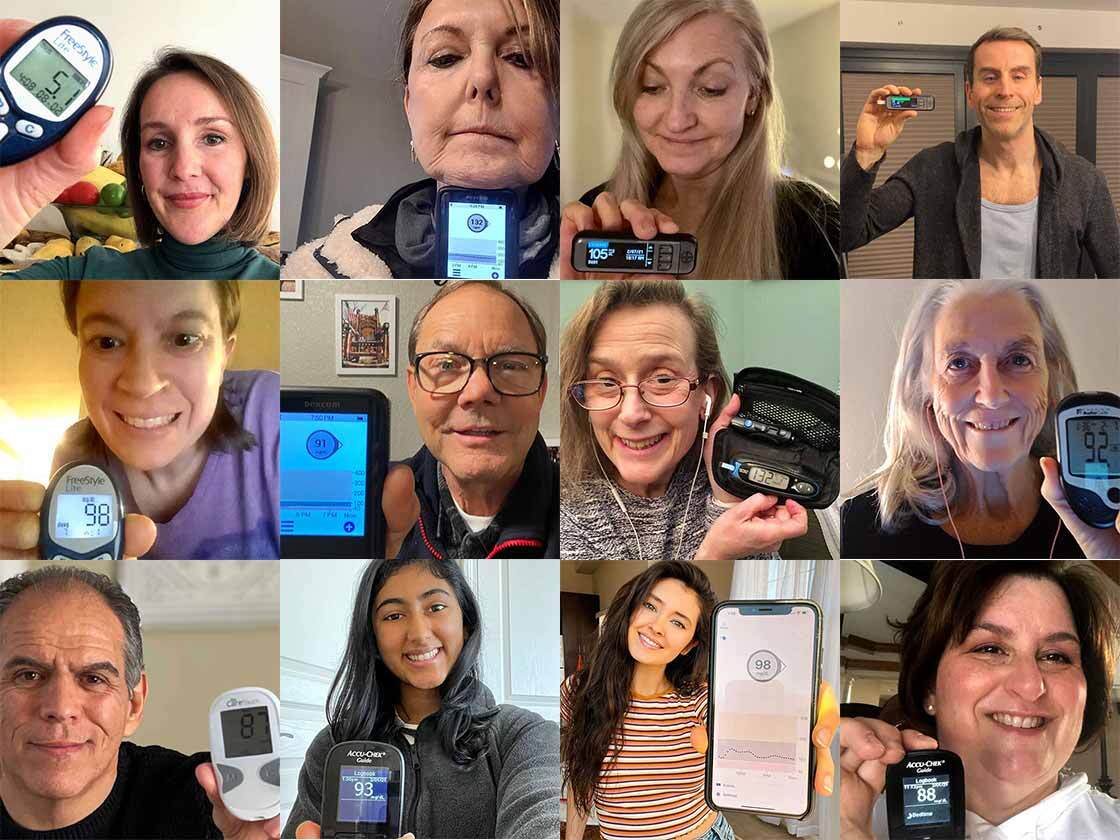
Your results are guaranteed. Join more than 10,000 ecstatic members today
Personalized coaching puts you in immediate control of your diabetes health, helps you gain energy, improves your quality of life, and reduces or eliminates your meds.




